
Published:
Readtime: 3 min
Every product is carefully selected by our editors and experts. If you buy from a link, we may earn a commission. Learn more. For more information on how we test products, click here.
Mercedes-Benz has shattered the automotive norm by conducting the world’s first-ever X-ray crash test. Teaming up with the esteemed Fraunhofer Society, this remarkable technological feat marks a significant milestone in automotive safety and engineering.
Picture this: a thunderous bang reverberates through the air as a device propelled by a powerful linear accelerator collides head-on with an orange C-Class saloon at 60 km/h. But the true spectacle unfolds above (and behind) the scene, where a linear accelerator, functioning as an X-ray camera, captures every intricate detail of the crash in real-time.
Like seeing your broken arm after a bad tackle in a game of footy, we can now see the fractured insides of your Dad’s Porsche after a joyride gone wrong. But what makes this crash test even more extraordinary–and another innovation in the same league as high-speed motion capture technology–is its ability to visualise the internal deformation processes with unparalleled precision. With up to 1,000 razor-sharp images per second, previously invisible damage within the vehicle structure and crash test dummies are brought to light, offering invaluable insights into vehicle safety and design.
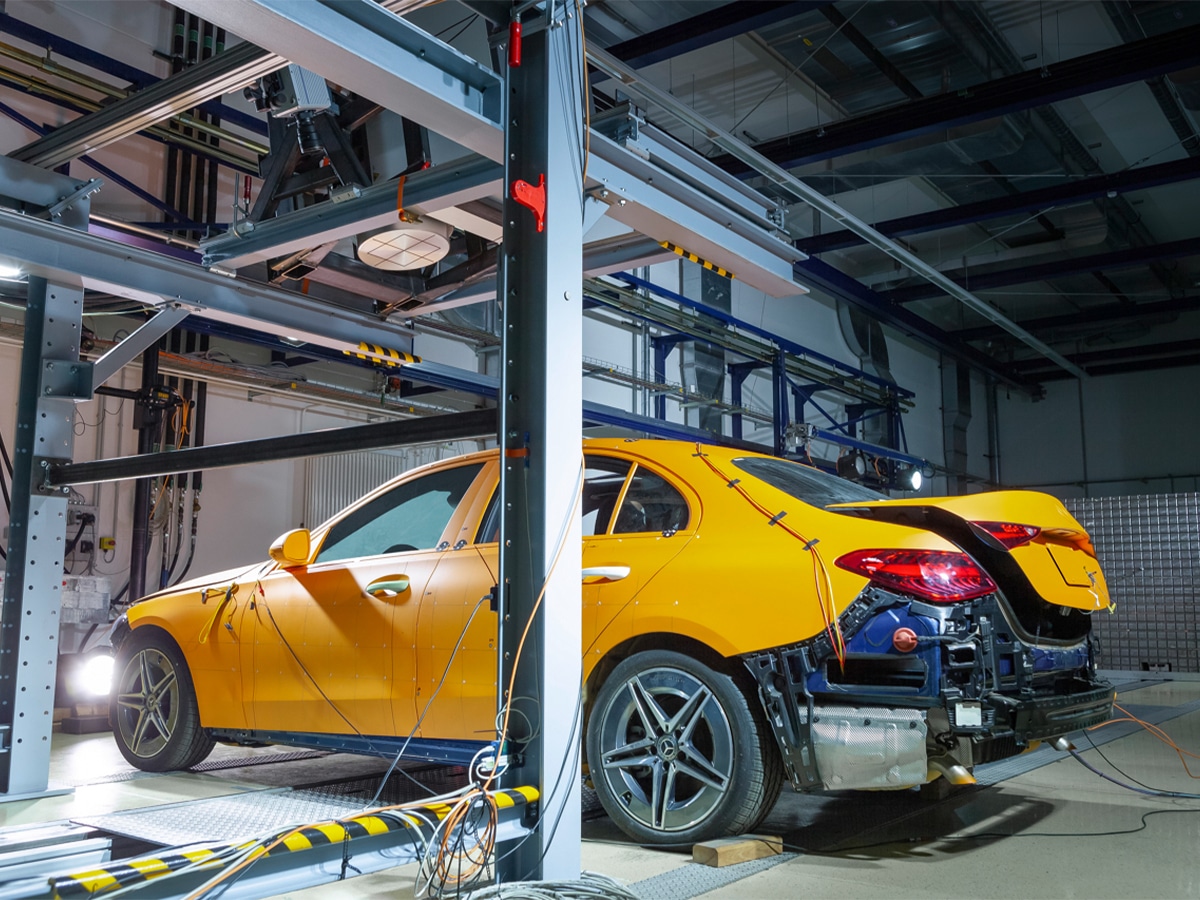
Markus Schäfer, member of the board of management of Mercedes-Benz Group AG and chief technology officer, praised the X-ray crash as a “milestone” in automotive development, emphasising its role in enhancing vehicle safety. “With a direct view into the hidden interior, it can help to draw important conclusions for the further improvement of vehicle safety,” he remarked.
Dr. Malte Kurfiß, head of the crash test centre at Fraunhofer EMI, echoed this sentiment, highlighting the invaluable insights gained from the X-ray crash that he believes will “further optimise our technology for capturing previously inaccessible information.
The success of the X-ray crash is attributed to the use of ultrashort X-ray technology powered by a linear accelerator with 1 kHz technology. This cutting-edge radiation source boasts photon energy of up to nine megaelectron volts, allowing for screening of all materials commonly used in vehicle construction.
X-ray beams penetrate the vehicle body and crash test dummies during the crash test, capturing around 100 still images per millisecond. When compiled into a video, these images offer a fascinating glimpse into the dynamic processes during a crash, enabling researchers to analyse the intricate details of deformation and impact.

Prof. Dr Paul Dick, director of vehicle safety, Mercedes-Benz AG, says, “The X-ray images also offer the opportunity to further improve the model quality of the digital prototypes.”
This technological breakthrough is a testament to Mercedes-Benz’s unwavering commitment to safety and innovation, reaffirming its position as a pioneer in automotive engineering. As the automotive industry continues to evolve, advancements like the X-ray crash test pave the way for safer, more resilient vehicles prioritising occupant protection.
Moreover, Mercedes-Benz’s dedication to safety is deeply ingrained in its “Real Life Safety” philosophy. Since the inaugural crash test in 1959, Mercedes-Benz has conducted up to 900 crash tests annually and around 1,700 “sled tests” at its Vehicle Safety Technology Centre in Sindelfingen. These tests and the recent public crash test of fully electric vehicles in autumn 2023 underscore the brand’s unwavering commitment to safety across all drive systems.


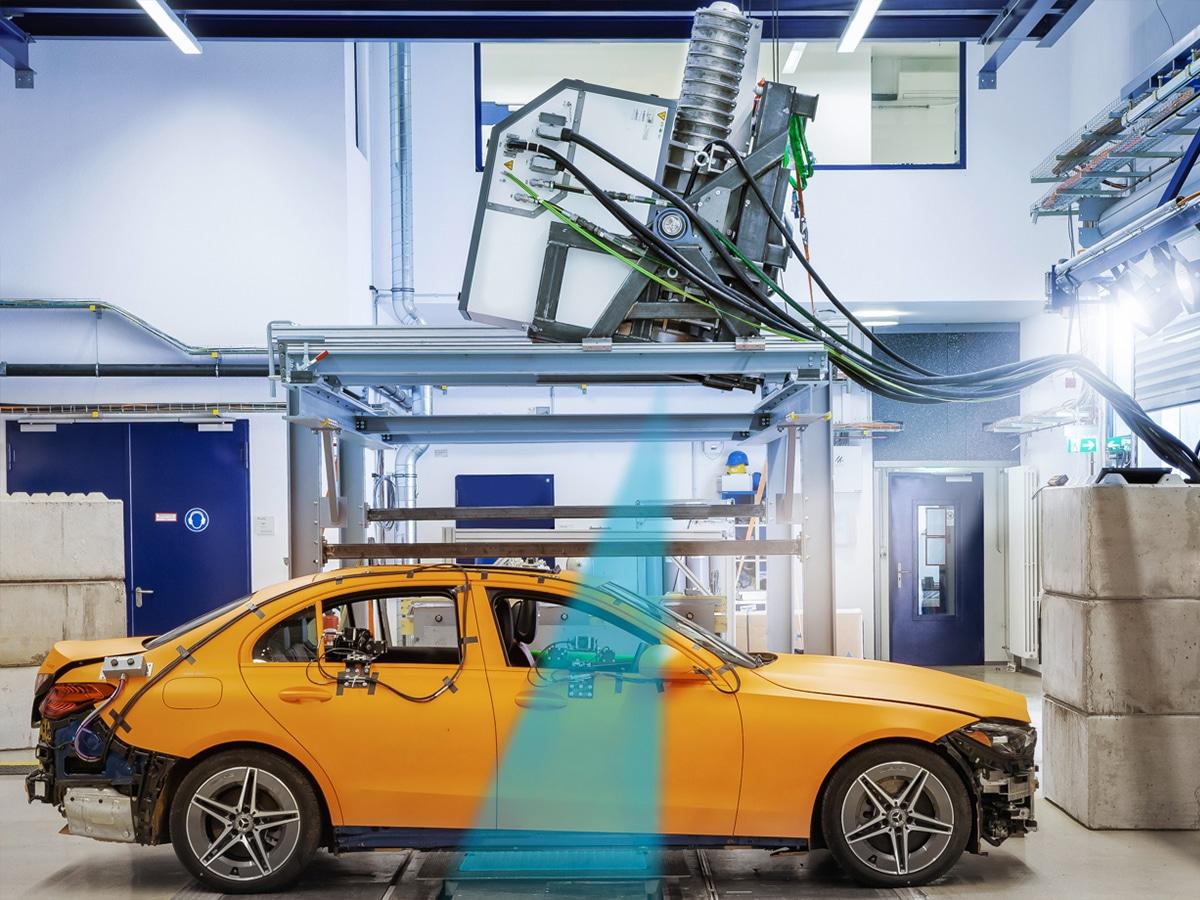

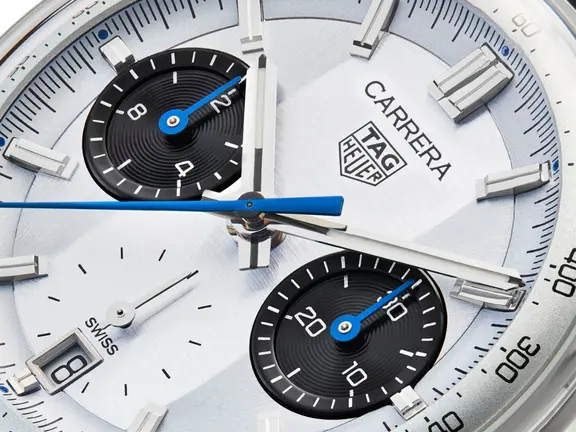








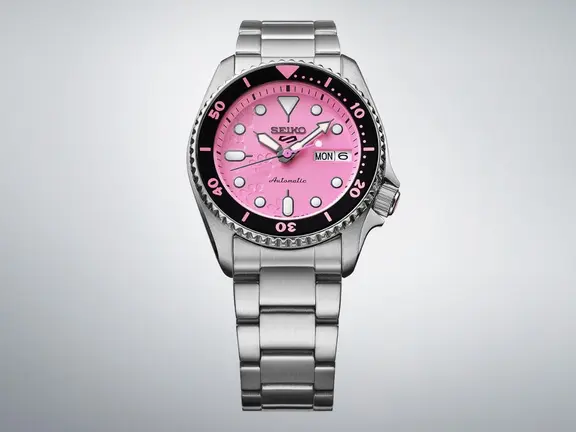
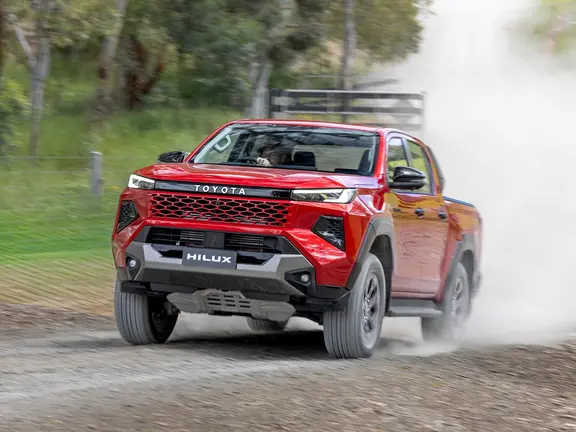




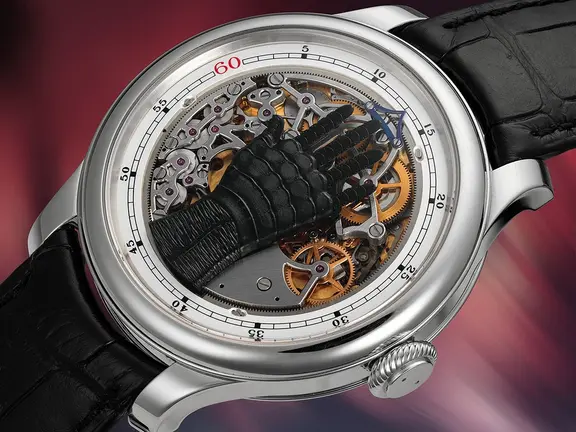


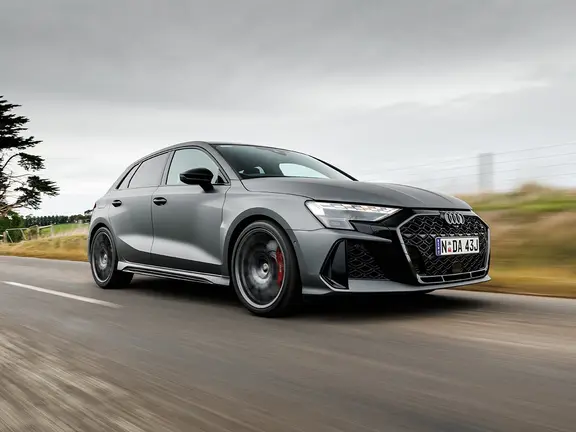











Comments
We love hearing from you. or to leave a comment.